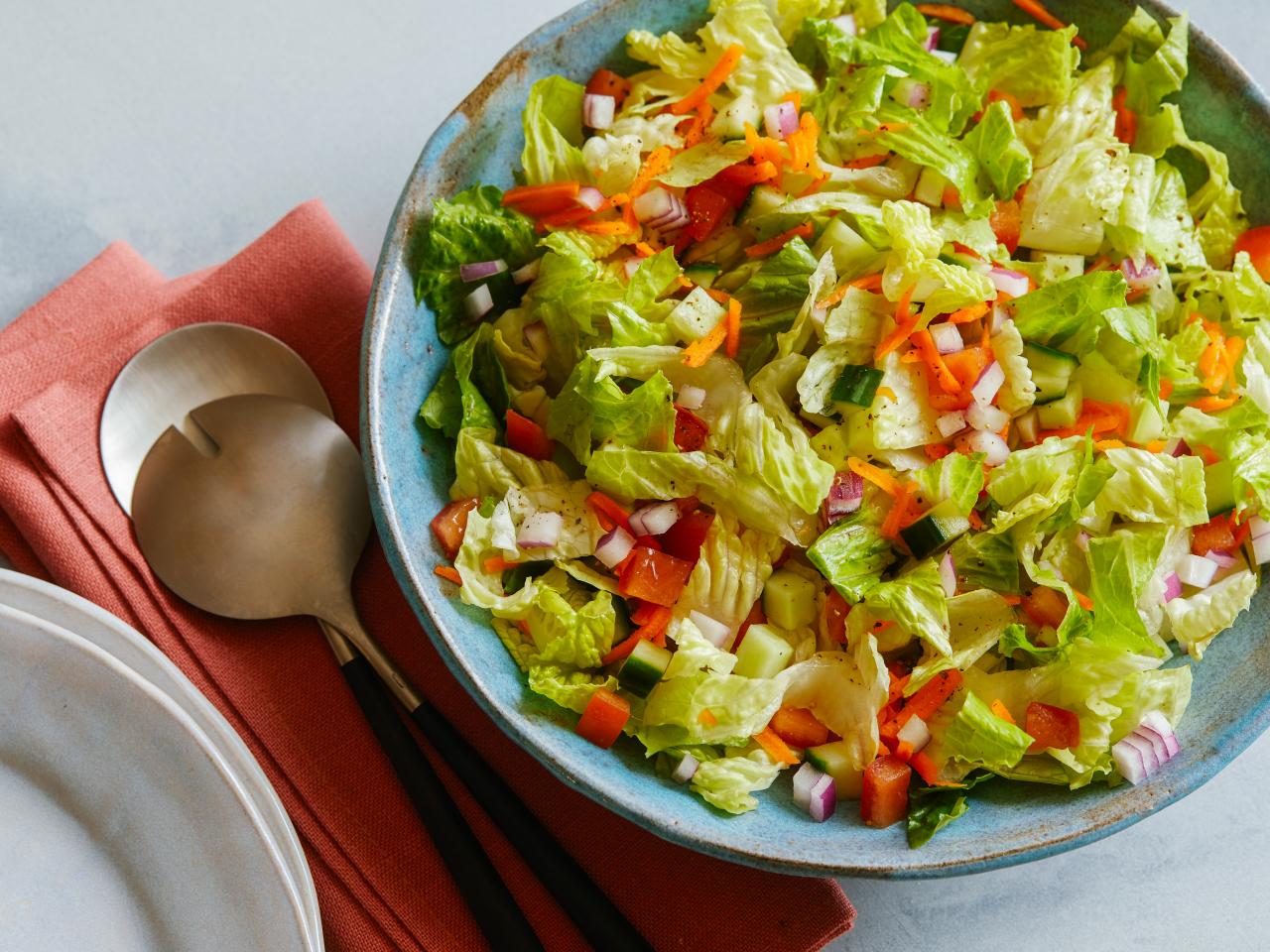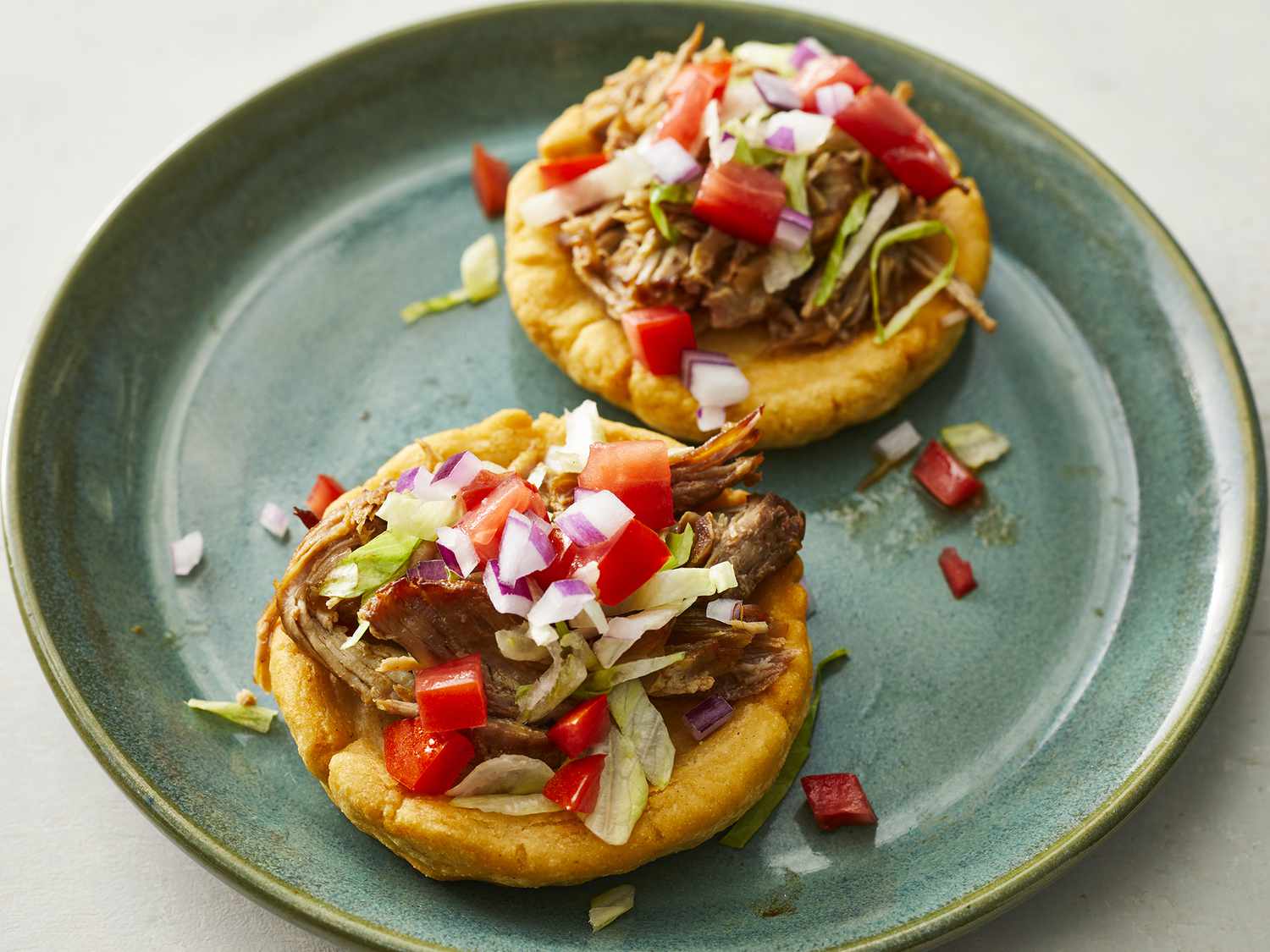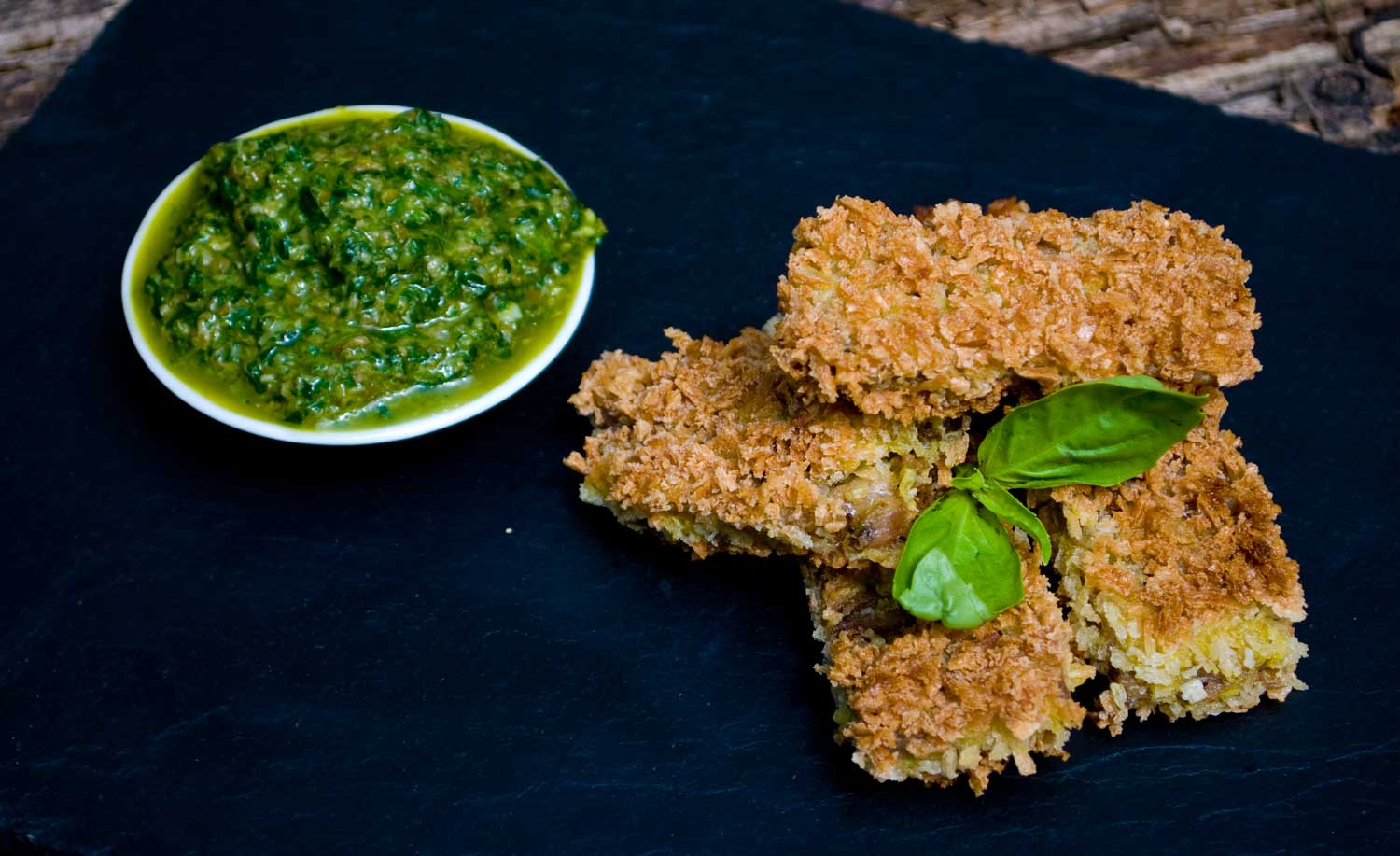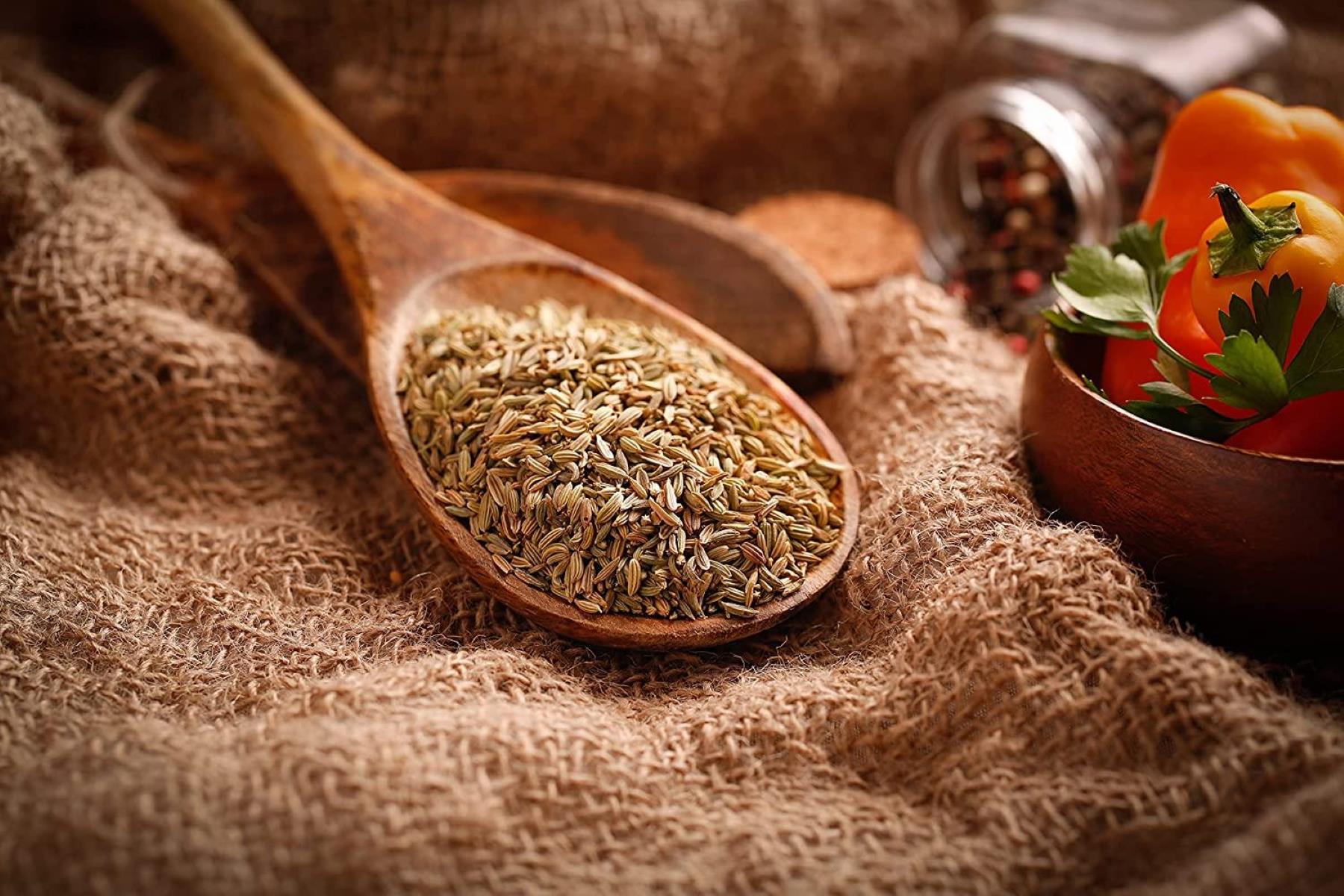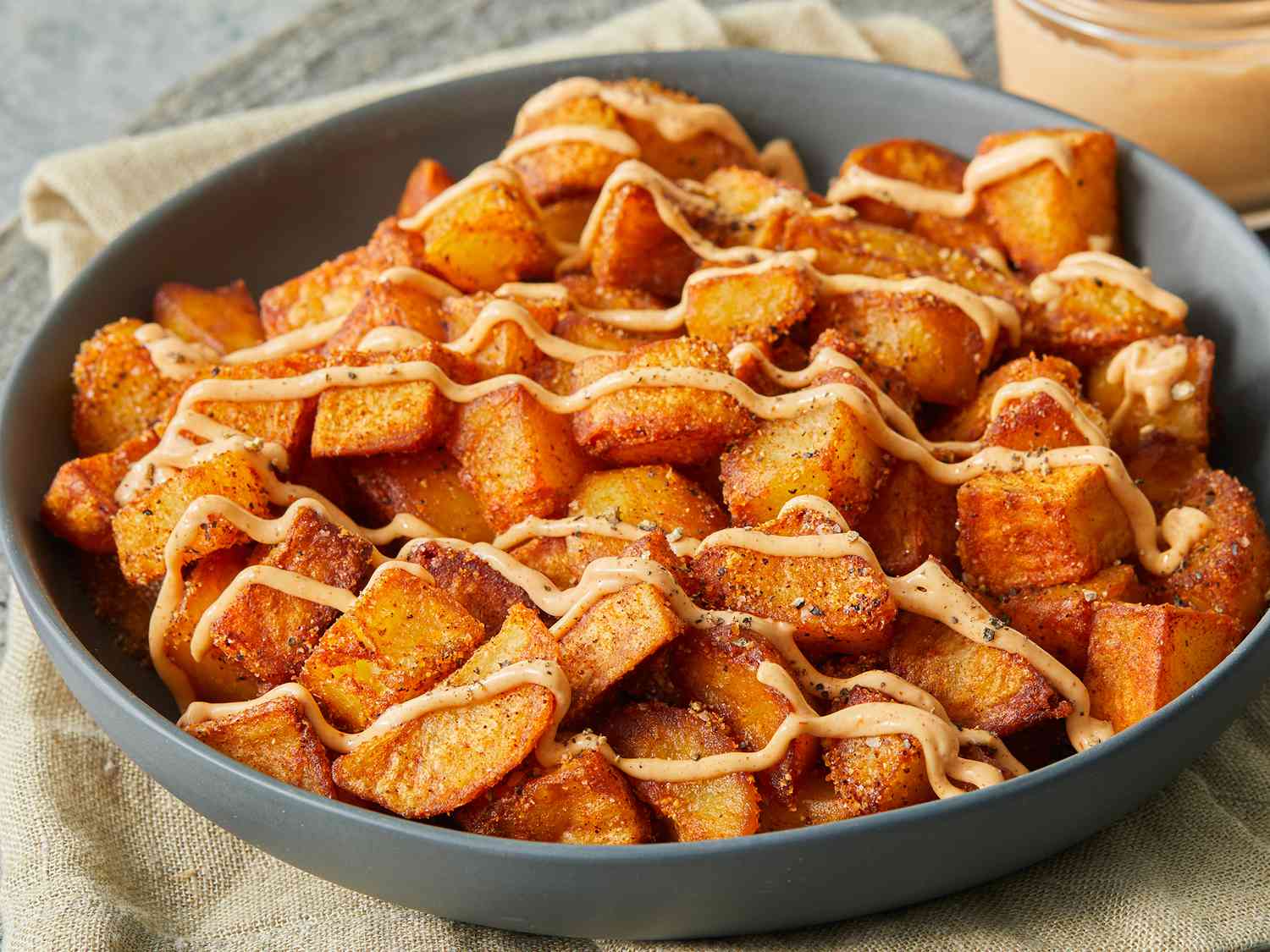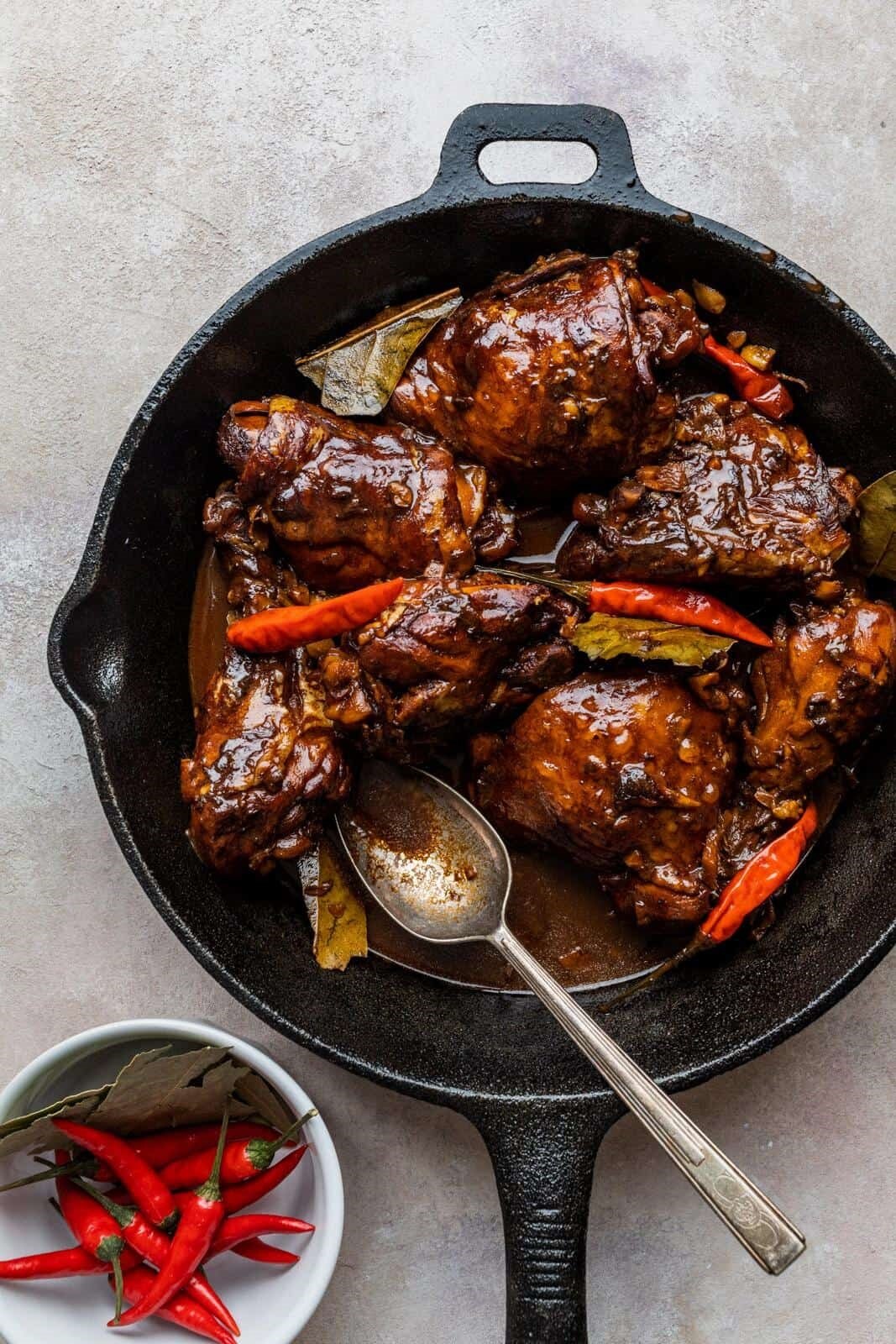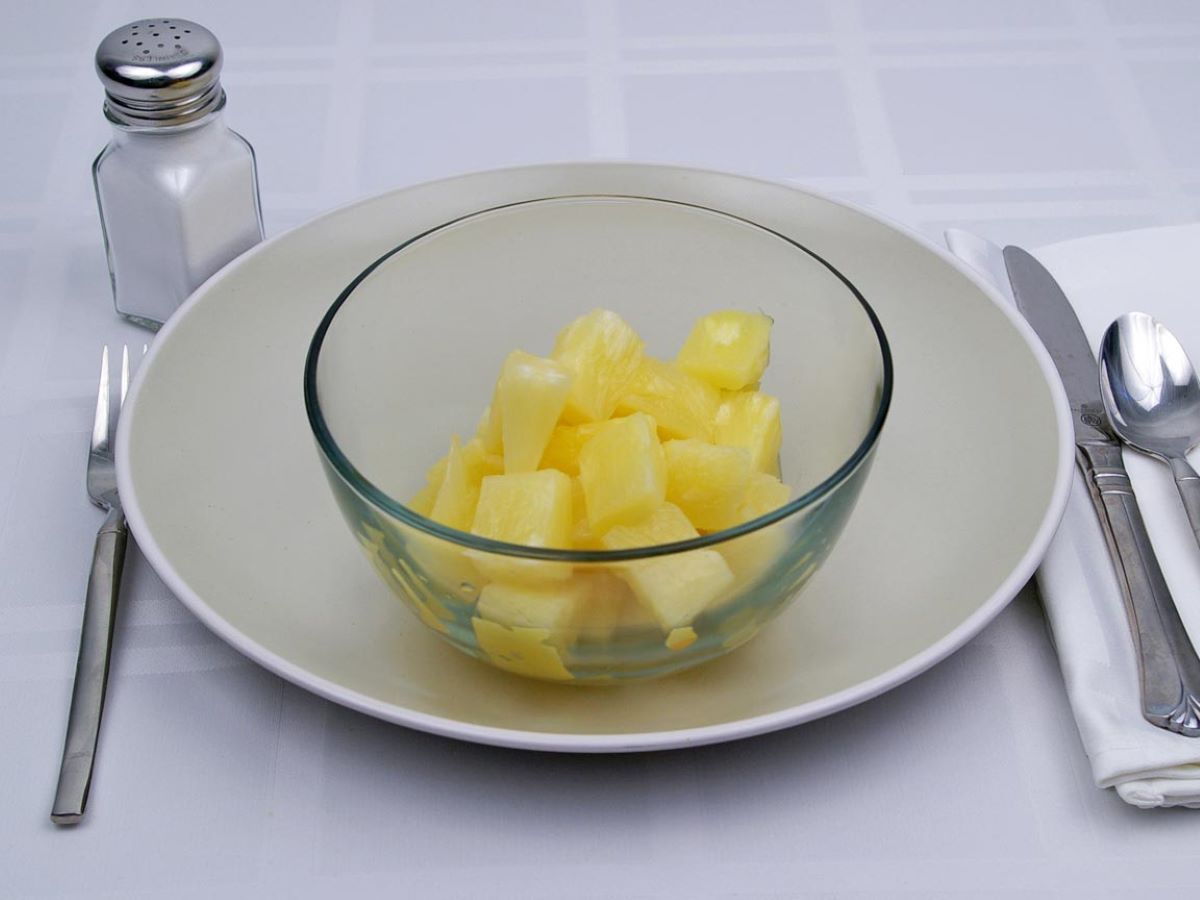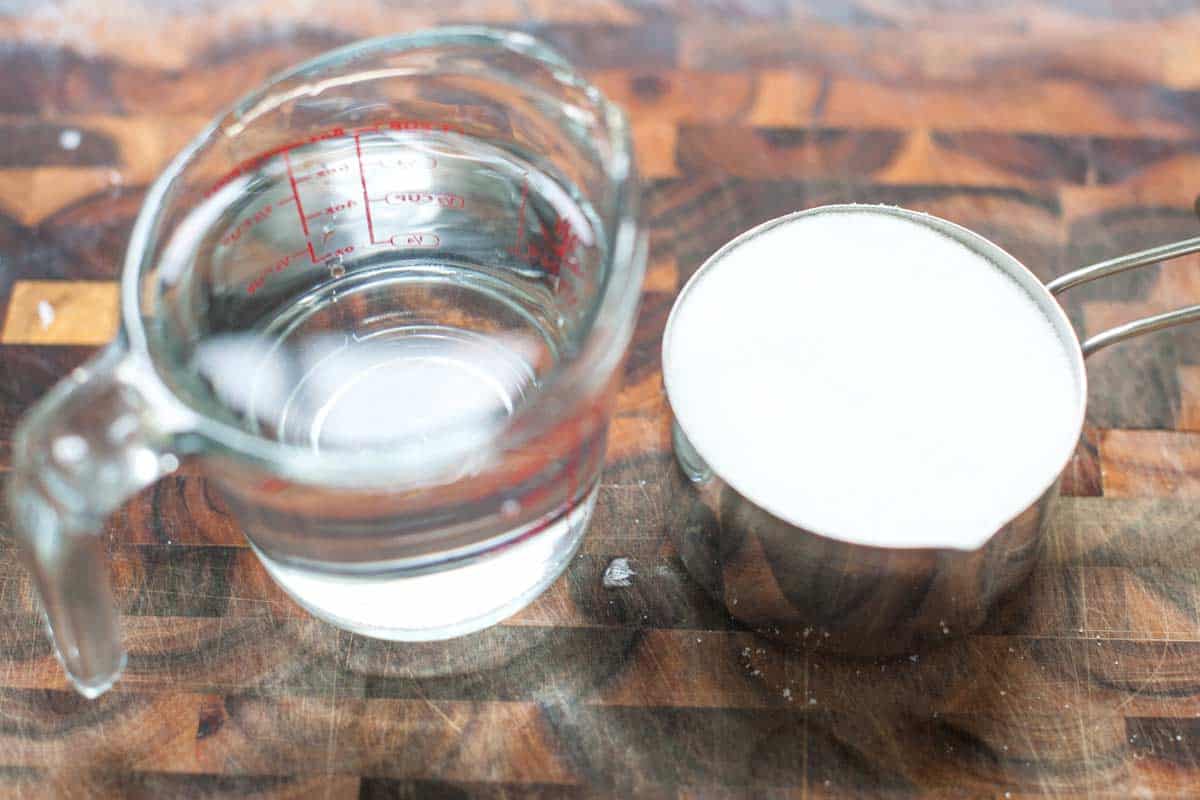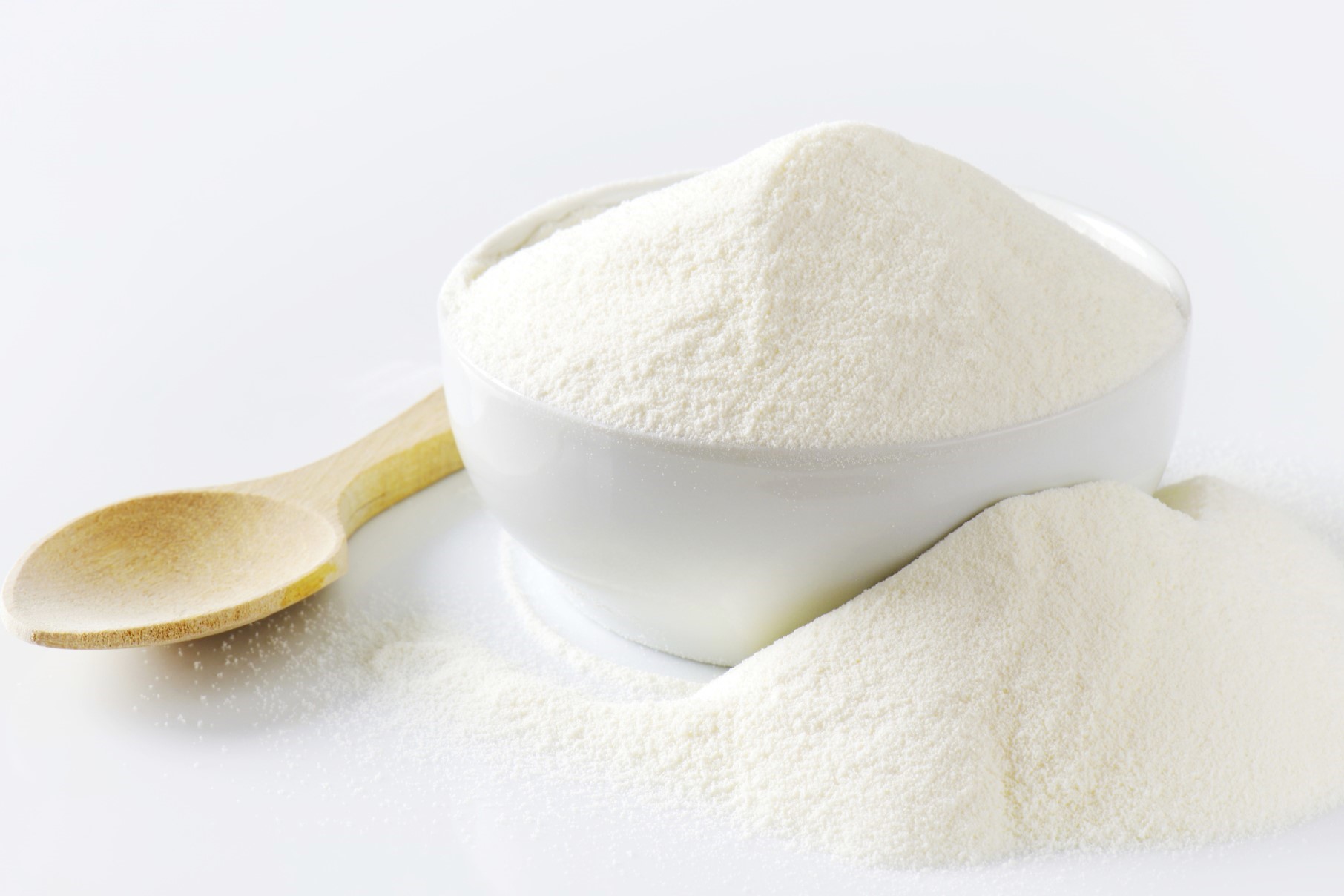Discovering the Delightful Salsa Rosa
Have you ever heard of Salsa Rosa? If not, you’re in for a treat! Salsa Rosa, also known as “pink sauce,” is a delectable condiment that hails from Italy. It is a creamy and savory sauce that is incredibly versatile and adds a burst of flavor to any dish it accompanies.
What is Salsa Rosa?
Salsa Rosa is a blend of mayonnaise, ketchup, and other seasonings, creating a smooth and slightly tangy sauce with a pink hue. It is commonly used in Italian cuisine, particularly as a dressing for salads, a dipping sauce for appetizers, or as a topping for pasta dishes. The combination of creamy mayonnaise and zesty ketchup gives Salsa Rosa its unique flavor profile, making it a favorite among food enthusiasts.
How to Enjoy Salsa Rosa
There are numerous ways to enjoy the delightful flavors of Salsa Rosa. Here are some popular serving suggestions:
- As a dip for crispy French fries or crunchy vegetable sticks
- Drizzled over a classic Caesar salad for a creamy and tangy twist
- Tossed with freshly cooked pasta for a quick and flavorful meal
- Spread on sandwiches or wraps to add a burst of flavor
With its creamy texture and versatile taste, Salsa Rosa can elevate the flavor of many dishes, making it a must-have condiment in any kitchen.
Creating Your Own Salsa Rosa
If you’re feeling adventurous, you can even try making your own Salsa Rosa at home. All you need is mayonnaise, ketchup, and a few seasonings of your choice. By adjusting the ratios of mayonnaise and ketchup and adding in your preferred spices, you can customize the flavor of the Salsa Rosa to suit your taste preferences.
Where to Find Salsa Rosa
Salsa Rosa is readily available in many grocery stores, typically found in the condiments aisle alongside other sauces and dressings. You can also explore specialty food stores or Italian markets to discover artisanal versions of this beloved sauce.
Final Thoughts
Whether you’re a fan of Italian cuisine or simply enjoy exploring new flavors, Salsa Rosa is a delightful condiment that adds a delicious twist to a wide range of dishes. Its creamy texture, tangy taste, and versatility make it a beloved staple in many kitchens. So, the next time you’re looking to add a burst of flavor to your meal, consider reaching for a jar of Salsa Rosa and savoring its delightful taste.
Now that you’ve learned about the wonders of Salsa Rosa, why not try incorporating it into your next culinary creation? Whether you use it as a dip, dressing, or topping, Salsa Rosa is sure to add a delightful touch to your dishes.
Was this page helpful?
Read Next: What Is A Substitute For Self-Rising Flour?
